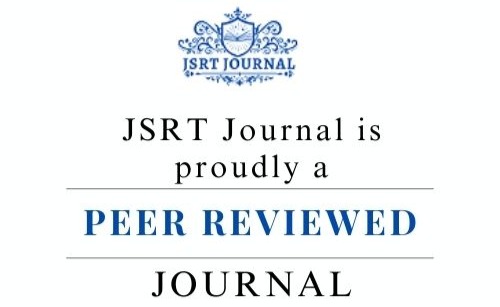Passive Solar Building
DOI:
https://doi.org/10.61808/jsrt178Keywords:
Solar Building, Direct Gain, Over-HeatingAbstract
We used the course assignment "Analysis and design of a G+2 Residential Building" to satisfy our curricular requirements. The ETABS software has been used for the structural study and design of a multi-story skyscraper. For the purposes of Civil Engineering, a "building" is any form of structure that includes a base, walls, columns, floors, roof, doors, windows, ventilators, and a variety of surface treatments, among other things. A structure that can withstand all loads for its entire expected lifetime is the result of careful structural study and design. It is essential to conduct geotechnical investigations to gather data on the supporting soil before analysing and designing any structure. The goal of doing a geotechnical site investigation is to gather data and assess the site's conditions in order to plan and build the foundation of a building. Engineers specialising in structural design must ensure that a building can carry out its intended purpose for the duration of its expected lifespan, as well as provide the most cost-effective and efficient design possible. X-Steel, micro Station, STAAD PRO, ETABS, SAP 2000, STRAP, NISA, X-Studs, and other programs are used for building analysis and design. As of right now, this project is being handled by ETABS Software.











